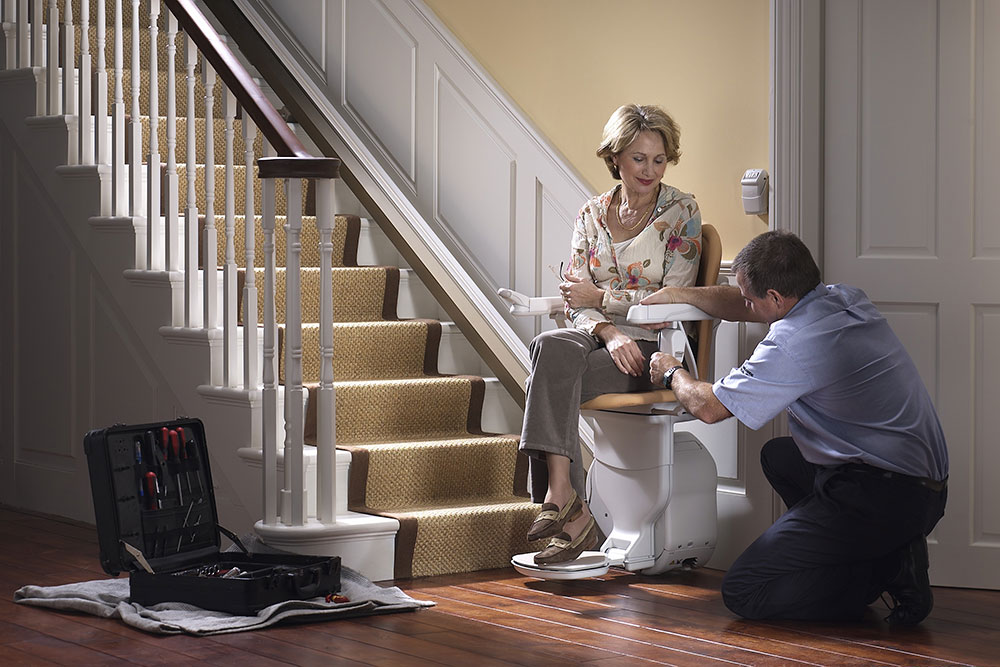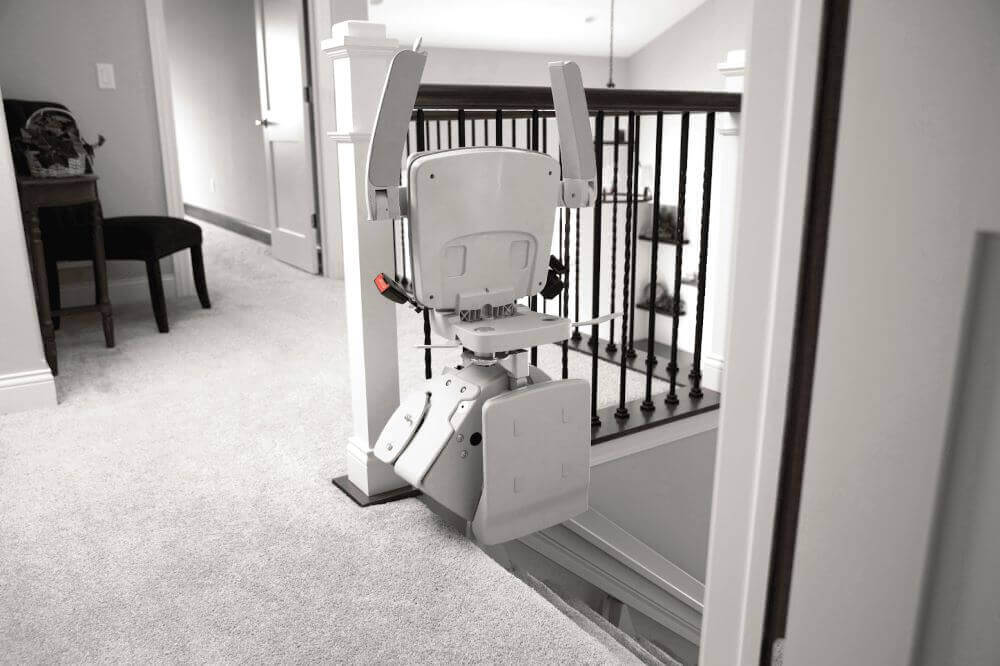When it comes to enhancing home accessibility, two popular options often come to mind: specifically for homelifts and stairlifts. Both are used to improve the mobility of disabled persons, although with different techniques. By knowing the differences and advantages of homelifts and stairlifts, you will be able to decide what is best for your home.
Homelifts: A Comprehensive Solution for Vertical Mobility
Homelifts or residential elevators are equipped to offer transportation between different floors of a house and/or apartment. While stairlifts are mounted on the stairs, homelifts are self-standing transport devices that relocate vertically. The ones reviewed here have different sizes and appearances that can be made to blend with the interior of any home.
Accessibility is the primary and major advantage of homelifts due to their customisable features that suit any need. These can accommodate more people and also load mainly objects like wheelchairs, grocery carts, and laundry baskets. This makes them a perfect solution for any home with some members with mobility issues or for a person who has to carry a lot of stuff between the floors.
Homelifts also come with a better ride experience than stairlifts, mainly because of the smooth and quiet experience. Sophisticated technology and engineering to reduce noise and vibrations, hence improving the comfort of the h Samuel Egerton Senior Secondary School members using the lift. Also, homelifts help in the enhancement of the value in your property because the homelift is seen as an additional luxury in the home and assists in the increased usability of the house.
Stairlifts: A Practical and Cost-Effective Alternative
Stairlifts, on the other hand, are designed as mobility aids along the stairs in these schemes. They contain a motorised chair that runs on a rail mounted on the staircase. Stairlifts, on the other hand, are a good solution for people who can walk but find it very hard to climb the stairs or need to climb only a couple of stairs.
Perhaps the most substantial benefit of stairlifts is that they are very affordable to install and will greatly improve your home’s accessibility. Stairlifts can be installed easily and quickly, sometimes in a day; there is no need for extensive structural work to be done to the house. This makes them cheaper than homelifts, especially for families with a small budget to facilitate the alteration.
Stairlifts are also highly consumable and can easily be fitted in any stair handrail, whether straight, curved, or spiral. They have safety measures that include seat belts, swivel seats, and obstruction sensing to ensure the operator’s safety while using them. Furthermore, stairlifts can be folded in case they are not required, enabling other members of a given household to use a given staircase.
Choosing the Right Solution for Your Home
Based on your requirements, budget, and many other factors, it raises the question of whether to choose between homelifts and stairlifts. If vertical transportation demands are high and there is enough space and funding for installing a homelift, the advantages are numerous. It saves space time and is comfortable, thus increasing the property’s value. At the same time, if your goal is to become independent while climbing the staircase, yet the price plays a crucial role, getting a stairlift is an excellent option.
The needs of a family should be considered, and the professionals’ help is crucial when choosing between the two options. In fact, both homelifts and stairlifts have the potential to improve the quality of life and the level of accessibility in the home while progressively allowing users to move around independently.
Final Words
Homelifts and stairlifts are unique solutions that together can provide the desired mobility solution for the consumer. It is only when you comprehend the discrepancies between these choices and how each can improve your residence that you can make a more effective choice.



